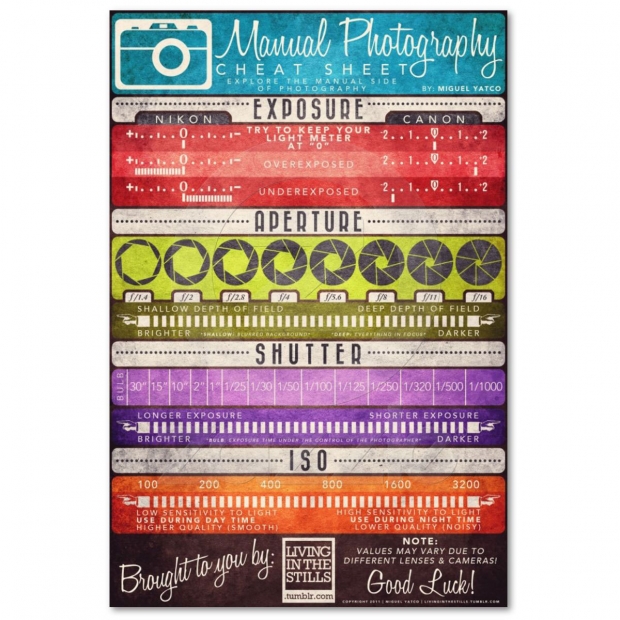Change Your Photography By Grasping Lights Techniques That Can Boost Your Photos-- Find The Common Challenges That Could Be Holding You Back
Change Your Photography By Grasping Lights Techniques That Can Boost Your Photos-- Find The Common Challenges That Could Be Holding You Back
Blog Article
Short Article By-Futtrup Godwin
As a digital photographer, you understand that lighting can make or break your pictures. Understanding the subtleties of both all-natural and synthetic light is crucial for catching the state of mind and clarity you aim for in your job. Whether you're chasing after the excellent gold hour radiance or adjust your artificial arrangements, grasping these elements can raise your photography substantially. But there prevail pitfalls that many overlook, and acknowledging them can transform your approach to every shoot. Let's discover what you might be missing out on and just how it can impact your outcomes.
Understanding Natural Light
Recognizing natural light is crucial for any photographer aiming to enhance their job. It's the structure of excellent digital photography, affecting mood, tone, and clarity. When you fire outdoors, take note of the moment of day. The gold hour-- shortly after sunup and before sundown-- uses soft, warm light that can transform normal scenes right into magnificent photos.
Do not underestimate the power of cloudy days. Cloud cover diffuses sunshine, producing a soft, even light that's best for pictures and macro photography. You'll discover shades pop in this type of illumination without harsh shadows.
Placing issues, as well. Constantly consider your topic's positioning to the light source. If Best corporate photographer 's behind your subject, you might end up with a silhouette, which can be significant however mightn't be what you want. Conversely, direct sunlight can develop uncomplimentary shadows.
Try out angles; sometimes, changing your point of view can produce fantastic results. Usage all-natural reflectors, like water or sand, to jump light onto your subject, adding dimension.
Mastering Artificial Light
Mastering artificial light is necessary for digital photographers who want to take their skills to the next degree. Whether you're utilizing speedlights, workshop strobes, or continuous lights, understanding how to adjust these sources can considerably improve your pictures.
Beginning by familiarizing yourself with the basics of light quality, direction, and color temperature. Try out different modifiers like softboxes, umbrellas, or grids to regulate the gentleness or violence of the light.
You'll find that soft light commonly develops complementary outcomes, while harsher light can include drama and depth. Don't shy away from shadows; they can boost the three-dimensionality of your subjects.
Pay close attention to the placement of your lights. A light positioned also near to your subject can create unflattering outcomes, while also away can result in a lack of information. Make use of a light meter or your video camera's histogram to ensure you're subjecting correctly.
Lastly, bear in https://www.al.com/business/2020/06/say-yes-to-fall-weddings-covid-19-shifts-wedding-season-to-football-season.html that synthetic light can be mixed with ambient light for innovative effects. Stabilizing these sources could take method, once you understand it, your digital photography will absolutely radiate.
Techniques for Various Situations
When you step into various capturing scenarios, adjusting your illumination strategies is critical for catching the very best photos. For exterior pictures, use the gold hour-- early morning or late afternoon light-- to soften darkness and boost complexion.
If it's a rough lunchtime sun, think about using a reflector to bounce light back onto your subject or seek shaded locations for an extra also direct exposure.
In low-light circumstances, like interior occasions, enhance your ISO and use a wide aperture to let in more light. A tripod can assist get rid of video camera shake, allowing for longer exposures without blurring.
If you're contending evening, try out off-camera flash to create dynamic lighting and deepness in your photos.
For product digital photography, make use of diffused illumination to prevent rough reflections. Softboxes or light camping tents can assist attain this impact.
When photographing landscapes, take into consideration the direction of light and time of day, as it can dramatically alter the mood of your shot.
Always prepare to readjust your settings and placing based upon the circumstance, as versatility is essential to grasping lights in photography.
Final thought
To conclude, understanding lights is essential to boosting your digital photography skills. Embrace all-natural light's charm throughout gold hour, and don't shy away from try out fabricated light methods. By adapting your strategy to various circumstances, you'll record sensational photos that reverberate with emotion and clearness. Bear in mind, the best illumination can change a common shot into something phenomenal, so keep exercising and improving your understanding of both all-natural and synthetic light. Happy capturing!
